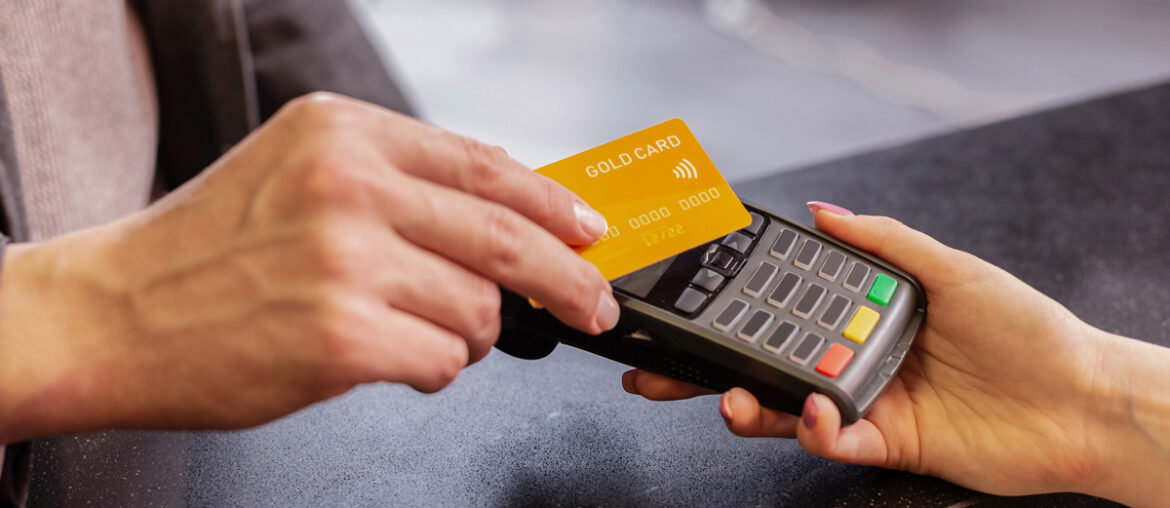In the ever-evolving landscape of commerce, small businesses are continually seeking efficient and secure payment processing solutions to streamline transactions. Understanding the intricacies of payment processing is crucial for field service businesses looking to establish a seamless and customer-friendly payment system.
Payment processing can significantly impact your business, your customers and the relationship between the two, so it’s important to understand what’s going on behind the scenes so you can make an educated choice when it comes to payment processing for your business. Read on as we demystify the payment processing journey for small businesses, covering the essential steps, setup procedures, associated costs and some common questions.
The Steps of Payment Processing
Whether it’s on the merchant or the customer side, we’ve all seen enough pending payments to know that payments aren’t completely processed immediately. There are a few steps that make up payment processing, which impacts how long it takes for money to make it from a customer’s account and into your business’s.
Authentication
The first step of the process is to authenticate payment details to verify the customer’s account. Regardless of whether a payment is made in person with a card and terminal or online by inputting card details, the POS or terminal sends the details to the bank that issued the customer’s card to confirm their accuracy. This step is crucial for preventing fraud.
Authorization
Much like authentication, authorization of the transaction happens virtually instantaneously. The customer’s bank will approve or deny the transaction, typically based on straightforward factors like account balances or credit limits. At this point, the merchant also receives an authorization number for the transaction.
Settlement
Once transactions are authorized, they can be settled either manually or automatically. This typically includes batching authorized payments for processing so that funds can be transferred accordingly, completing the payment processing cycle.
Setting Up Payment Processing for a Small Business
Much like payment processing, setup is a process that can be broken down into steps. The first of these, of course, is choosing a payment processor. When looking into payment processors for your business, focus on these key factors:
- Security: Whenever you’re dealing with money, security is of the utmost importance. When it comes to payment processing, top-tier security isn’t optional — it’s closely regulated. Be sure to limit your search to only payment processors who maintain PCI (Payment Card Industry) compliance, the Payment Card Industry Security Standards Council’s information security standard.
- Integration: Payment processing overlaps with practically every other element of your business, from card terminals and accepting payments in the field, to online payment gateways, to communication between banks, to tracking payments and reporting on cash flow. Be sure all the pieces will fit together. This can be facilitated more easily if your business software and payment processor are built to integrate with one another.
- Cost: Like most business decisions, choosing a payment processor inevitably involves evaluating the associated costs. But be careful not to fixate on cost; other benefits, like automation and integration, have the potential to have a high ROI through time savings for your team.
Once you choose a payment processor, getting up and running will depend greatly on their onboarding process. You’ll likely need to receive a crash course in using your new processor and run a few test transactions before getting started.
Be sure to train your staff on how to use the payment processing system, especially if you’ve integrated new hardware or software. Additionally, communicate changes to your customers and provide any necessary instructions for a smooth transition.
How Much Does Payment Processing Cost?
Payment processing fees can vary greatly depending on the provider. That being said, fees typically fall into two categories: flat rate and percentage-based, both of which incur a per-transaction fee.
Flat rate processing is less common, while percentage-based fees tend to land in the ballpark of 2-5% per transaction. These fees generally cover an interchange fee that the processor is charged by card companies. Some providers may offer lower processing rates in exchange for a flat monthly fee; this is generally reserved for customers with high transaction volumes.
Ready to take control of your business’s finances and start increasing your sales by accepting more payment methods? Now’s the perfect time to get started with WorkWave Financial Services!
Frequently Asked Questions
How long does payment processing take?
The time authentication, authorization and settlement take will vary based on a number of factors, including your payment processor and the customer’s payment method. 2-3 days is typical for card payments, though some processors might be faster or slower.
How can I optimize my payment processing for efficiency?
Regularly monitor transactions, analyze data and stay informed about industry trends. Train your staff on any changes to your payment processing system (especially if you change processors), communicate changes to customers and address any issues promptly.
How do I handle chargebacks, and are there associated fees?
Chargebacks occur when customers dispute transactions. Be proactive in addressing customer concerns and resolving issues to minimize chargebacks. Some processors may charge a fee for each chargeback, covering administrative costs.
How does PCI DSS compliance affect my business?
PCI compliance is essential for protecting customer data. Ensure your chosen payment processor adheres to these standards and follows best practices to secure sensitive information and maintain trust.

